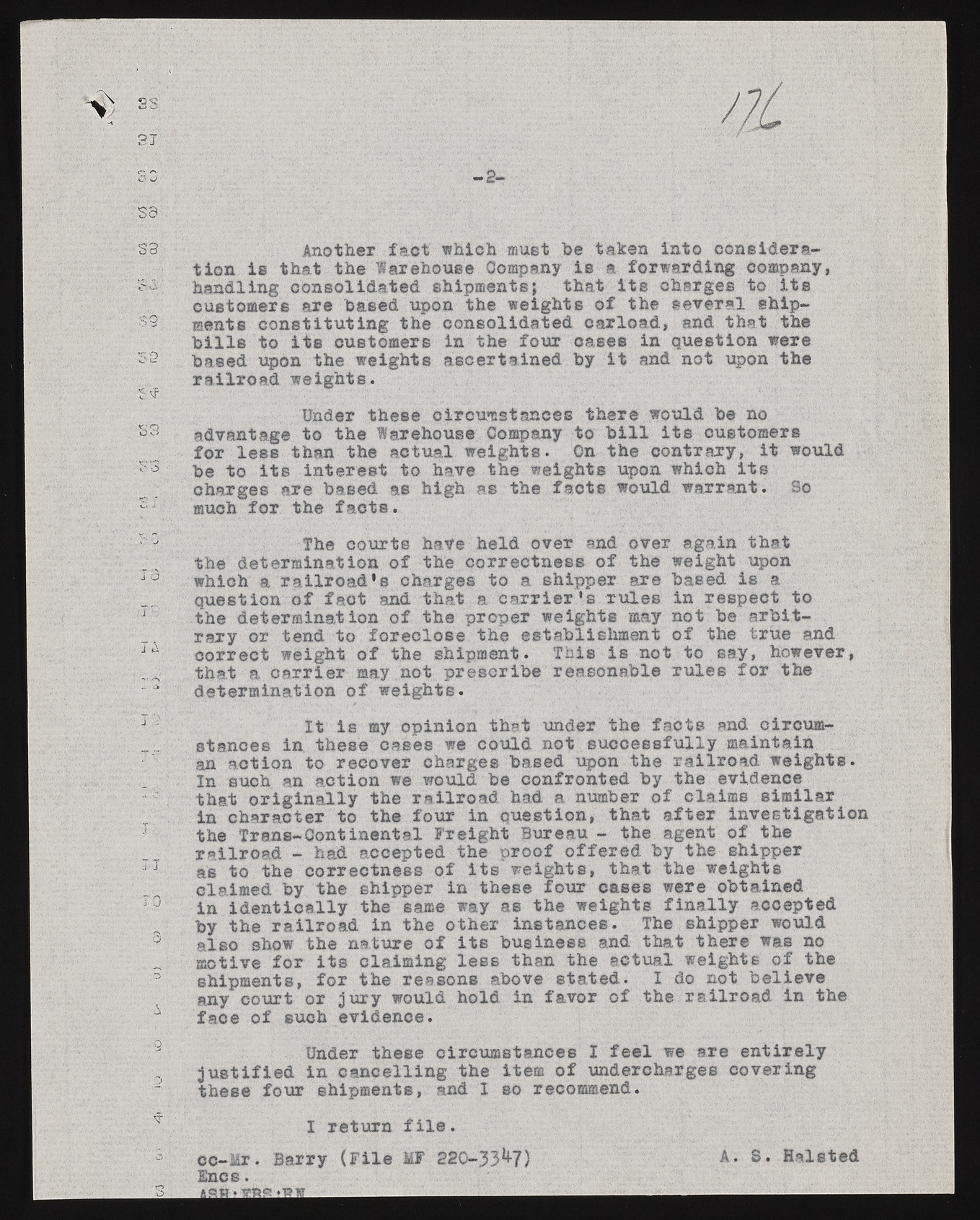Copyright & Fair-use Agreement
UNLV Special Collections provides copies of materials to facilitate private study, scholarship, or research. Material not in the public domain may be used according to fair use of copyrighted materials as defined by copyright law. Please cite us.
Please note that UNLV may not own the copyright to these materials and cannot provide permission to publish or distribute materials when UNLV is not the copyright holder. The user is solely responsible for determining the copyright status of materials and obtaining permission to use material from the copyright holder and for determining whether any permissions relating to any other rights are necessary for the intended use, and for obtaining all required permissions beyond that allowed by fair use.
Read more about our reproduction and use policy.
I agree.Information
Digital ID
Permalink
Details
Member of
More Info
Rights
Digital Provenance
Publisher
Transcription
» V Hi - 2- a o «2> o J « TO' H Another fact which must he taken into consideration is that the Warehouse Company is a forwarding company, handling consolidated shipments; that its charges to its customers are based upon the weights of the several shipments constituting the consolidated carload, and that the h i lls to it s customers in the four cases in question were based upon the weights ascertained hy it and not upon the railro ad weights. Under these circumstances there would he no advantage to the Warehouse Company to h i l l it s customers for less than the actual weights. On the contrary, it would he to it s interest to have the weights upon which its charges are based as high as the facts would warrant. So much for the fac ts. The courts have held over and over again that the determination of the correctness of the weight upon which a ra ilro a d 's charges to a shipper are based is a question o f fact and that a carrier Vs rules in respect to the determination of the proper weights may not he arbitrary or tend to foreclose the establishment of the true and correct weight o f the shipment. This is not to say, however, that a carrier may not prescribe reasonable rules for the determination of weights. It is my opinion that under the facts and circumstances in these cases we could not successfully maintain an action to recover charges based upon the railroad weights. In such an action we would be confronted by the evidence that o rig in a lly the railroad had a number of claims sim ilar in character to the four in question, that after investigation the Trans-Continental Freight Bureau - the agent of the railroad - had accepted the proof offered by the shipper as to the correctness of it s weights, that the weights claimed by the shipper in these four cases were obtained in id en tically the same way as the weights fin a lly accepted by the railroad in the other instances. The shipper would also show the nature of its business and that there was no motive for it s claiming less than the actual weights of the shipments, for the reasons above stated. I do not believe any court or Jury would hold in favor of the ra ilro ad in the face of such evidence. Under these circumstances I fe e l we are entirely Justified in cancelling the item of undercharges covering these four shipments, and I so recommend. I return f i l e . cc-Mr. Barry (F ile MF 220-33^7) In cs. A. S. Halsted

